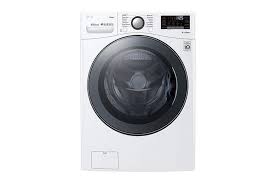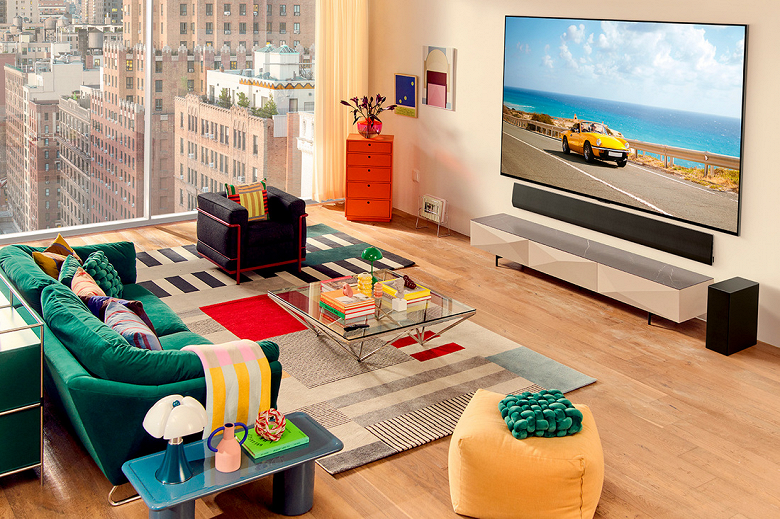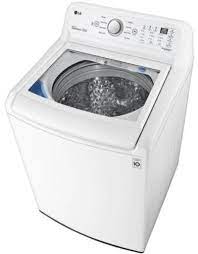LG Unveils Advanced Swivel Dual Display Wing Smartphone You Didn’t Ask
LG is far from new to dual-screen smartphones, but the company has just officially unveiled its most daring solution in its class, the Wing. This is the first device released as part of the Explorer project, designed to innovate the user environment. The company says that the new smartphones are all the same: they look more or less the same and offer the same in general. But this is not the case.

The new phone takes inspiration from LG’s current dual-screen smartphone trends, the G8X ThinQ and Velvet, as well as the classic LG VX9400 swivel phone launched over 10 years ago. Wing will be the first device under the new LG Explorer Project brand to breathe new life into the way smartphones work.
The Wing’s most interesting feature is, of course, the dual OLED panels. The first is a standard 6.8-inch P-OLED main screen (2460 × 1080) without any bezels or notches. The second is a 3.9-inch G-OLED display (1240 × 1080) located under the main display, making the Wing a unique device. Instead of folding two full-size (or one flexible) panels to each other, the main display here rotates and rises up to reveal a second screen, turning the smartphone into a kind of letter T.
LG has big ambitions for the functionality this new format can deliver. The idea is that in “rotary mode” the main display is used for the main task, and the second serves as an additional window for launching a separate application or simply extended controls.
For example, LG suggests using an additional panel to control the camera, freeing the main display from the clutter of settings. And when viewing photos, thumbnails are displayed at the bottom, and full-size images at the top. The large swivel screen can be used under the massive widescreen keyboard for easy chatting. Video apps can use the second display to control media and volume, and YouTube can respond to comments while watching the video at the same time. However, much of the functionality will depend on the activity of third-party developers who are unlikely to rush to take advantage of the exclusive secondary display.
But there are also scenarios that do not require optimizations and developer involvement. You can use the two screens simply to run two apps at the same time: play a mobile game on the main dashboard and stream it online to friends and fans using the second display, or tweet while streaming the last soccer game. In the expanded mode, you can configure the arrival of incoming calls on the second screen so as not to interrupt the current task.
Wing does not have to be used in landscape format only. LG is also promoting the ability to use the main display in a standard “portrait” all-in-one mode, in which case the extended panel serves as a sort of secondary display. For example, when using the navigator, you can simultaneously read the latest news or work with documents. The second display can be switched to holder mode and simply used as a pen without worrying about accidentally pressing controls – this is convenient when shooting videos or watching movies.
The rotary mechanism of the company seemed a little – LG decided to use a retractable front 32MP camera. At first glance, there is a usual triple camera at the back: there is a 64-megapixel main sensor with an f / 1.8 aperture and optical stabilization and a 13-megapixel ultra-wide-angle f / 1.9. The first hint of unusualness is the second 12-megapixel ultra-wide-angle module with f / 2.2 aperture.
The unique Wing format for holding, an additional set of sensors, as well as the aforementioned two ultra-wide-angle sensors, made it possible to implement an effective software stabilization of video recording, called “gimbal mode”. The company claims the quality and functionality are close to that of hardware solutions like the DJI Osmo Mobile. In particular, you can change the angle of inclination of the shooting and enable tracking of the subject. By the way, Wing supports simultaneous recording of video from the front and rear cameras – this function can be very useful for video bloggers.
Obviously, with so many moving parts, there are many concerns about strength and durability. LG says it is aware of them and promises that Wing will withstand heavy use. The device guarantees 200,000 turns and also offers IP54 protection against moisture and dust. The company is working on cases that will be compatible with a swivel design, which requires slightly more work than a traditional phone case.
As for the rest, LG Wing’s hardware is quite ordinary. There is a Snapdragon 765G processor with an integrated Qualcomm X52 modem for 5G support, 8 GB of RAM, 256 GB of fast memory (plus the ability to use microSD cards), a battery with a charging capacity of 4000 mAh, a fingerprint sensor under the main screen and support for wireless charging. The second display has certainly increased the thickness and weight of the device, but not as much as, say, the standalone full-size screens that LG has used in the past or some of its competitor’s foldable devices. The Wing weighs 260 grams and measures 169.5 x 74.5 x 10.9 mm.
The device runs Android 10.0 (Q OS), supports Wi-Fi 802.11ac, Bluetooth 5.1, NFC and has a USB-C port (USB 3.1 Gen 1). The solution is available in black and bluish colors. The price has not yet been announced, as well as the exact time of release. But the cost of Wing can easily exceed the psychological mark of $ 1000.









